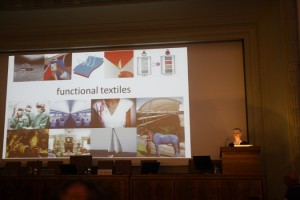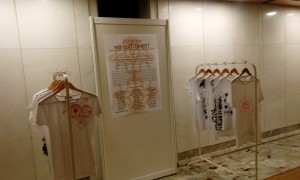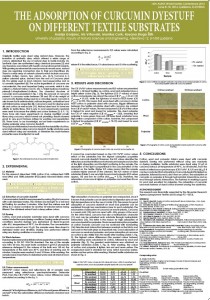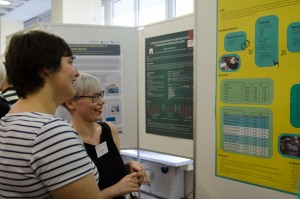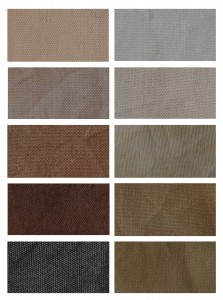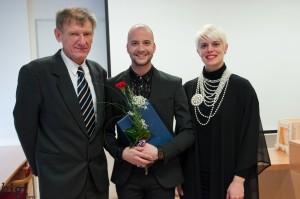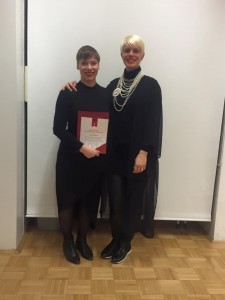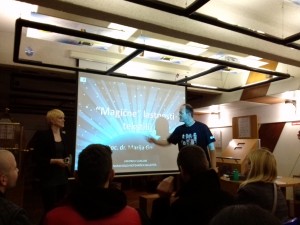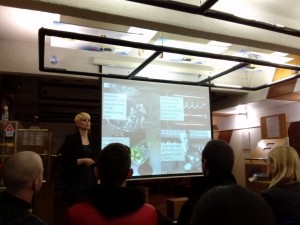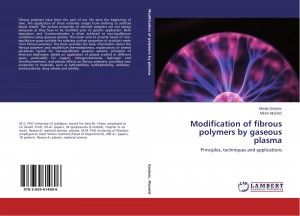creUNI – Modern creations of national recognition elements and the possibilities of integration for formal uniforms
The purpose of the project was to create a design concept of a T-shirt with Slovenian motifs and to develop a protocol for the marketing of T-shirts for uniformed clothes. The primary target group of consumers are users of uniform clothing. In addition, we wanted to design a T-shirt for young people, so they can experience the beauty and richness of Slovenian cultural heritage in a more modern way. The project team included students of various skills and practices, such as design, textile technology and marketing. Students studied the background of motifs, their meaning and connection in Slovenian culture. The motifs that often occurred on historical textiles were digitized and redesigned by students to form a single motif that will be printed on the shirt. Students also studied the suitability of digital printing with reactive dyes on textiles made of bamboo viscose (100% or mixed with cotton or polyester) and colour fastness. The students also prepared conceptual solutions for design, tailoring and producing prototype T-shirts as a part of uniformed clothing and T-shirts for young people. In order to create a T-shirt marketing protocol, the students studied modern marketing methods, analysed the market situation and studied a market communication. In cooperation with the company KOR Tekstil, the students learned about the technological process of designing and manufacturing clothing (design, technical drawing, materials, tailoring, assembly). Students learnt about the needs and limitations on the market. In the working environment of KOR Tekstil, students also learnt the importance of networking and marketing, and how it is important to develop Slovenian textile products. Students participated in the marketing approach for the preparation of materials for the sale of original products with the Association of Textile Engineers and Technicians of Slovenia. The results of the project will be presented at the Symposium on Novelties in Textiles 2017 and in the original scientific article.
